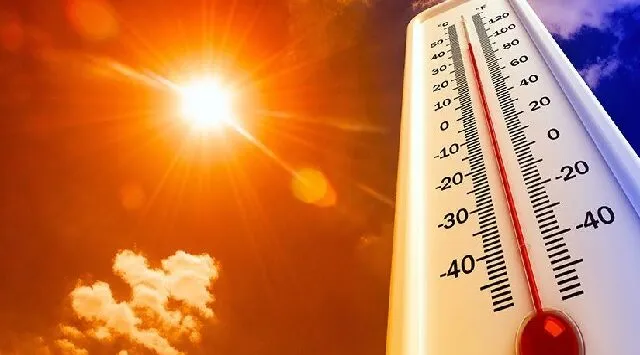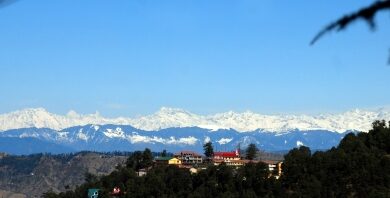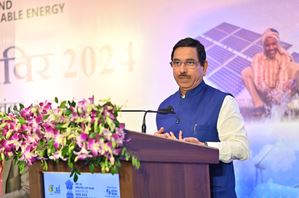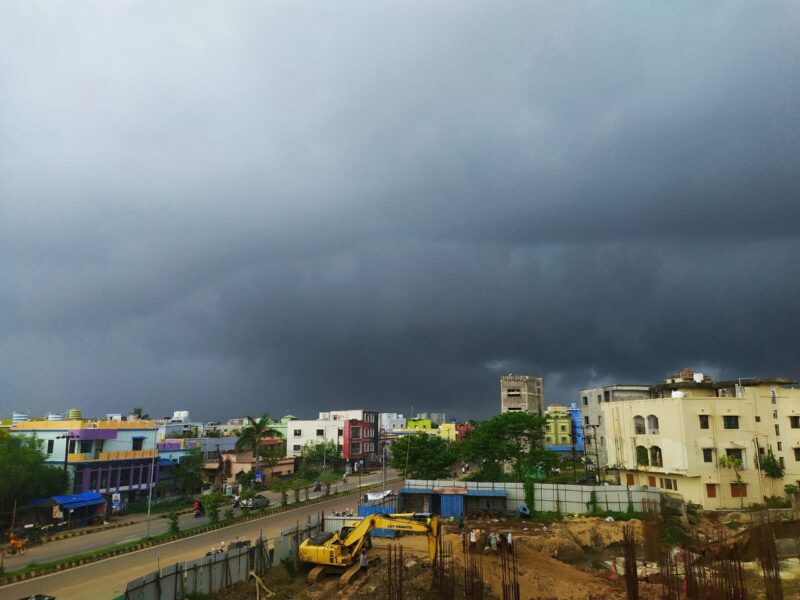Odisha Braces for Heat Surge After Brief Respite from Rainfall

Bhubaneswar: After enjoying a brief relief from scorching temperatures due to sporadic rainfall in recent days, Odisha is now facing a significant rise in mercury levels, with forecasts indicating an increase of 8 to 10 degrees Celsius over the next three days.
According to the Meteorological Centre in Bhubaneswar, both maximum (daytime) and minimum (nighttime) temperatures are expected to surge across the state. Daytime temperatures are projected to rise by 8-10 degrees Celsius, while nighttime temperatures may increase by 3-5 degrees Celsius during the mentioned period.
Despite the recent rainfall and thunderstorms that provided temporary relief from the heat, the state is bracing for a resurgence in temperatures, with some regions anticipated to reach 40 degrees Celsius by the end of March.
Western Odisha, particularly areas like Boudh and Titlagarh, are expected to witness the highest temperatures in the state in the coming days. Additionally, districts such as Jharsuguda, Sonepur, Bolangir, Rayagada, and Malkangiri are likely to experience temperatures hovering around 38-39 degrees Celsius or even higher, as per the forecasts issued by the weather department.
While some parts of the state may experience light rain or thundershowers in the next 24 hours, particularly in districts like Mayurbhanj, Keonjhar, Balasore, Bhadrak, Jajpur, and Sundargarh, the overall trend indicates a gradual return to warmer and drier conditions.
Looking ahead, the Met Centre has also predicted the possibility of light rain or thundershowers at isolated places over Sundargarh, Keonjhar, Mayurbhanj, and Balasore districts on March 24, although no significant changes in temperature are expected thereafter across most districts of Odisha.
As the state prepares for the impending heatwave, residents are advised to take necessary precautions to stay hydrated, avoid prolonged exposure to direct sunlight, and adhere to any advisories issued by local authorities to mitigate the effects of rising temperatures.





